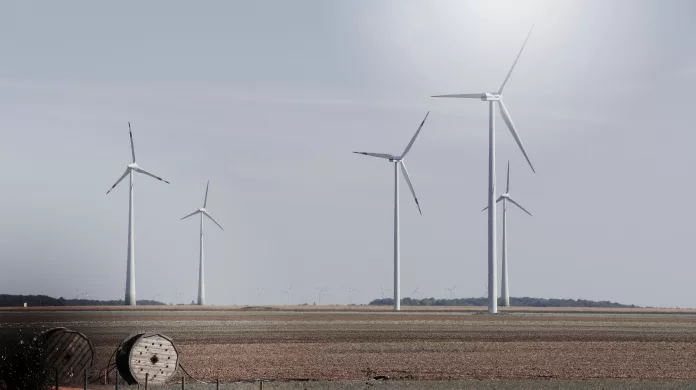The U.S. Department of Energy is keen on bolstering smaller wind turbine technologies with its recent announcement. Through the National Renewable Energy Laboratory‘s initiative under the Competitiveness Improvement Project (CIP), the focus now intensifies on transforming these technological advances into viable market offerings, catering especially to the rural sectors.
This year’s iteration accentuates strategic business models aimed at aiding rural businesses and agricultural operators. Interested parties are invited to propose their innovations by the set deadline in March 2024.
Targeting U.S. suppliers and manufacturers of small and medium-sized wind turbines, CIP provides substantial support through cost-shared subcontracts and essential technical guidance from national laboratories.
However, the journey from concept to commercialization can stretch resources thin, particularly for smaller enterprises. NREL’s CIP has been a cornerstone for such businesses, amply demonstrated by the tangible progress of companies like Windward Engineering in advancing their technologies.
Focusing on Market Dynamics
Reflecting direct market needs, the CIP of 2024 has set clear priorities to foster the distributed wind energy sector. There is a keen emphasis on bringing forth technologies that don’t just exist in theory but are ready for real-world application, having undergone stringent testing and certification.
Within this framework, CIP also introduces an exclusive focus on inverters—a response to the urgent call for innovation in this particular segment of wind turbine manufacturing.
Grounded in feedback from industry workshops, NREL has also embraced the preliminary submission of concept papers. This proactive measure provides applicants with early-stage input and affords the laboratory insights into the industry’s pulse.
Invitation for Diverse Proposals
For 2024, CIP is calling for applications across six varied topic areas. Each segment addresses a critical aspect of wind turbine technology development, ranging from prototype testing to full-scale commercialization efforts.
Applicants are expected to meet specific criteria, demonstrating not only the feasibility of their proposed technology but also their operational setup in the U.S., professional expertise, and financial readiness. The call to action is crafted to ensure that work funded by CIP aligns with American interests unless special circumstances dictate otherwise.
In an era where diversity and inclusion are pivotal, NREL embeds these principles within its application process, encouraging organizations to showcase their commitment and approaches towards fostering an equitable and accessible workplace and industry.
Assessing CIP’s Market Influence
The impact of CIP since its inception has been noteworthy, with funding directed to multiple companies resulting in a significant proliferation of DOE funds and private investments. CIP’s trajectory over a decade illuminates its critical role in furthering wind energy deployment.
As the CIP continues its mission, the 2024 funding announcement stands as a testament to the DOE’s dedication to enhancing clean energy technology and its accessibility to those in rural communities, supporting the larger goal of nationwide energy sustainability.

























